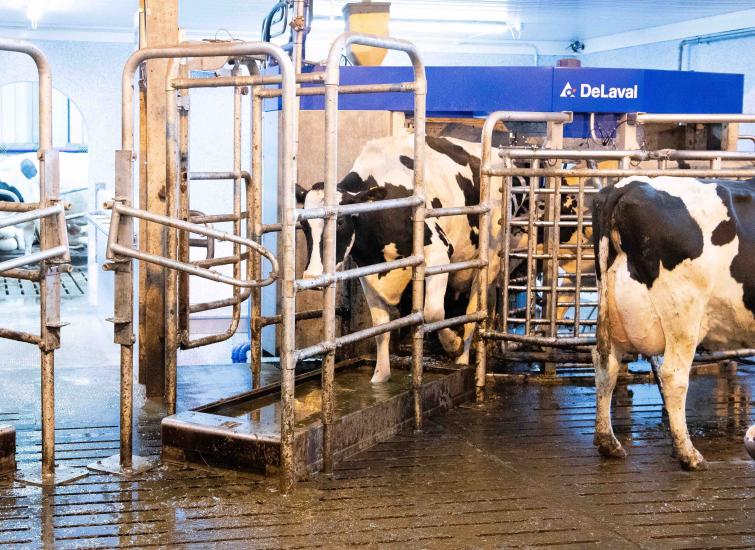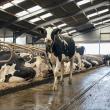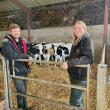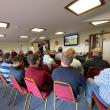AMS Leading to Better Farm Efficiencies and Sustainability
With efficiency and sustainability high on the dairy agenda, should you be looking towards robotic milking?

Dairy farmers are being encouraged to drive efficiency more and more - the requirement is to produce more from less. Automatic Milking Systems (AMS) could be part of the solution and for many in the UK proving a good return on investment as far produce more from less. There is a higher investment in this type of system compared to a conventional milking parlour, but the reduction in labour costs and the increased milk yield should hopefully lead to lower fixed costs per kg of milk produced.
Transitioning from a conventional system to an AMS can be a steep learning curve for most farmers and management of the herd and the daily routine changes quite radically. The realisation of this change should be recognised before the system is installed to allow for a much smoother and hopefully less stressful transition for both the cows and the farmer and staff. Analysing data from the robots becomes part of the daily routine along with the monitoring of cow behaviour and learning how to motivate your herd to voluntarily use the robot to milk themselves at least 3 times in a 24hr period whether you have opted for a guided traffic system or a free traffic system. It is important to establish a good, consistent routine for the herd in terms of feeding, bedding and general cow duties as these jobs can all interfere with robot milking time. The time available for the robots to be able to milk the cows in a 24hr period is critical for the robots to be as efficient as possible and be able to give the greatest return on investment.
There are 3 key areas which are important for an AMS.
- Nutrition
- Health & Management
- Robot Settings
Nutrition is important on any system but for an AMS the balance between the mixed ration down the trough or with grazing and the robot feed is critical. Ensuring good rumen health is the key priority and links strongly to the herd health and management. Nutrition and health in the transition period is also very important, cows need to transition as healthily as possible into the milk phase without encountering issues such as milkfever (clinical or sub-clinical), ketosis, metritis or mastitis as these conditions affect not only milk yield from a health perspective but also visits to the robot are reduced, of course poor transition will also impact on herd fertility which again without good balanced nutrition in early lactation will impact body condition score and can have an effect on other health traits.
Health and Management is key to maximising productivity as when cows must voluntarily go and be milked, lame or ill health cows are less likely to visit the robots and are more likely required to be fetched each day. The advanced technology in these systems monitors and records much more data than any conventional system and on an individual basis. Data is recorded on production, udder health, reproductive status, feed intake and body weight. This is extremely useful information and should be monitored and interpreted correctly to allows for far greater assessment of on farm targets and KPIs helping to achieve greater efficiency from the AMS. It is also important to consider the environment for the cows’ things such as lighting, pathways, ventilation and even staff can have an impact on robot visits. Hygiene is also critical in keeping mastitis and cell count rates low.
The robot settings also need to be managed and maintained and will vary from farm to farm to allow for the differences in the cows, the environment and set up. Once the three key areas are balanced and working in harmony together then the benefits of an AMS can really be seen. Target KPIs must be monitored regularly to allow farms to maximise efficiency and sustainability.
With the UK herd now only at 1.68 million (AHDB, July 2020) it is important that we try to maximise production, efficiency, and sustainability on our dairy farms and with yields on AMS potentially increasing by 12% and with the increased technology and data recording available this could be a way of helping achieve this.
If you would like to find out more about how our Advanced Robot division could help, please call the office on 01524 263139 or email robot@arn-ltd.com
〈 BACK














